All about the trachelium flower
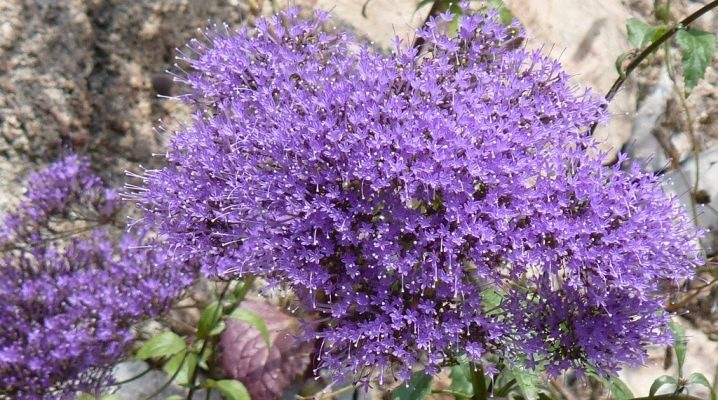
Trachelium is a beautiful plant that attracts a lot of attention with its fluffy inflorescences. A flower can serve as an excellent decorative addition to any landscape design, the main thing is to properly care for it. In today's article, we will learn all about the trachelium flower.
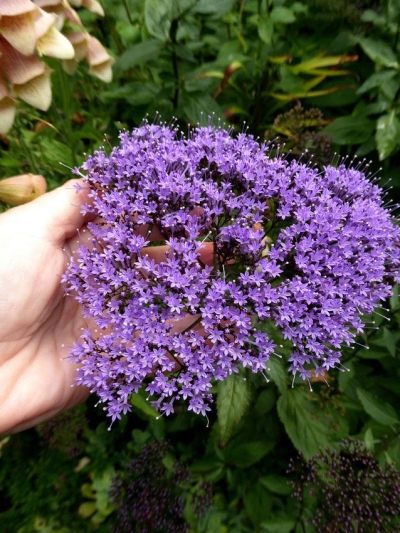
Description
The genus of trachelium itself is related to the family bellflower... It is an evergreen perennial that grows as a shrub. The height parameter of the crop can be from 35 to 80 cm. The width of one flower, as a rule, is set at around 30 cm. The stems of the plant are resilient and erect, characterized by strong branching. Petiole-type leaves grow on the stems. They occupy their entire surface. The leaf blades are placed alternately.
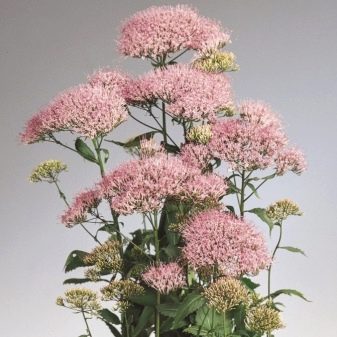
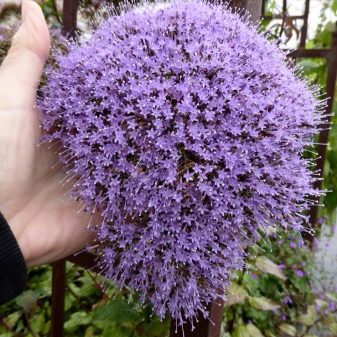
They can be lanceolate and have a pointed edge. The surfaces on the sides of the foliage are characterized by a pronounced jagged structure. The standard length of each leaf reaches 8 cm. The shoots have a brown-green tint, and the foliage is bright green or dark green. In some cases, unobtrusive purple tones can be noticed on the latter.
A beautiful perennial plant produces very small flowers that gather in neat corymbose inflorescences. These parts can be painted in a wide variety of colors, for example:
- lilac;
- violet (characteristic shade for the "Forest Lake" variety);
- pink;
- snow-white;
- blue;
- blue.
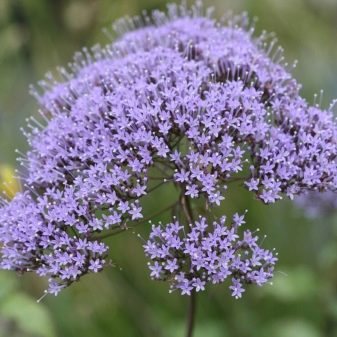
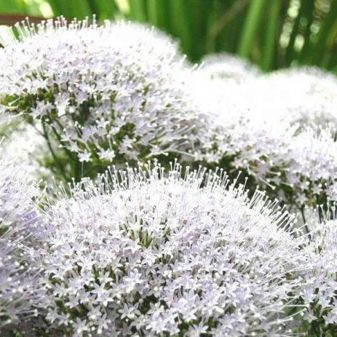
Usually, the flowers of the plant are located at the highest points of the stems. The smallest of them are often characterized by the presence of fused petals, which have the structure of a miniature bell. Short stamens are knocked out of them, as well as a long tube of the ovary. Its length usually reaches 4-6 cm. Such tubules give the inflorescence as a whole an interesting effect of slight pubescence.
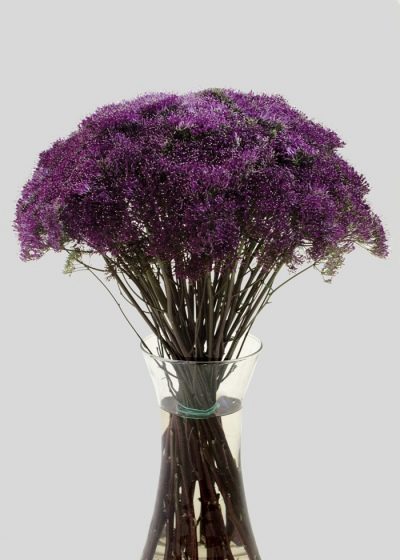
Against the background of growing in the open air, perennial flowering starts in August and lasts until the arrival of frost. During this period, the garden is enveloped in a very pleasant and enchanting aroma. Trachelium can also be grown in the walls of greenhouses for cutting. In such conditions, the plant begins to bloom in March. Upon completion, a miniature fruit in the form of a box ripens on the plant.
It is covered with the thinnest films with several flaps and opens at the highest point. The seeds are usually small in size, characterized by a black color.
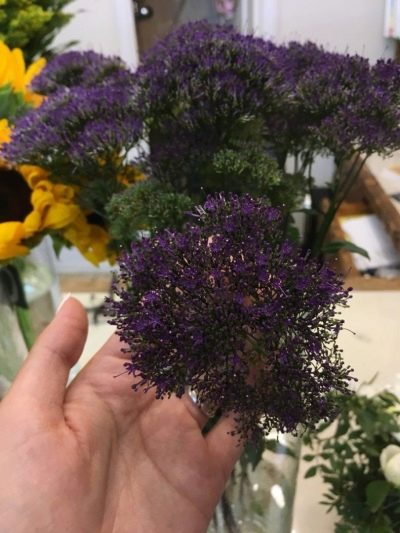
Varieties
There are several popular trachelium varieties. In our country, you can find only the blue ("Jade") type of this flower. Otherwise, it is called trachelium blue. The value of the height of this flower usually reaches 35-50 cm, but sometimes it turns out to be more impressive - 75 cm. The culture is densely covered with attractive elegant inflorescences. The parameter of the diameter of one panicle is most often from 7 to 15 cm.

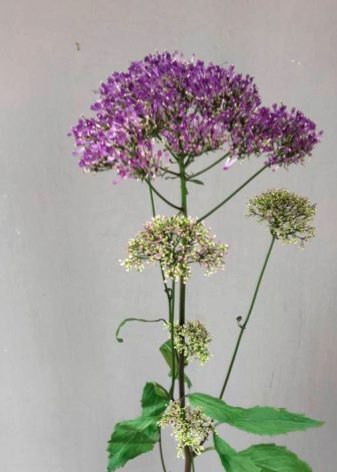
There are several known hybrids of this attractive variety.
- Jemmy... It appears to be a very dense, dense and branched shrub. The stems of the plant are poorly covered with foliage, have inflorescences of white, lilac, purple or pale pink.
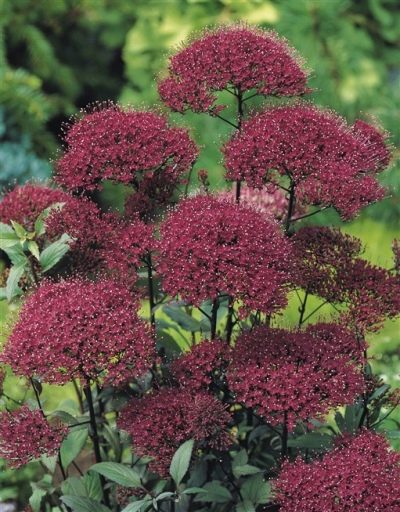
- WhiteUmbrella... Bushes of this species grow tall, reaching 80 cm. They are covered with attractive snow-white umbrellas.
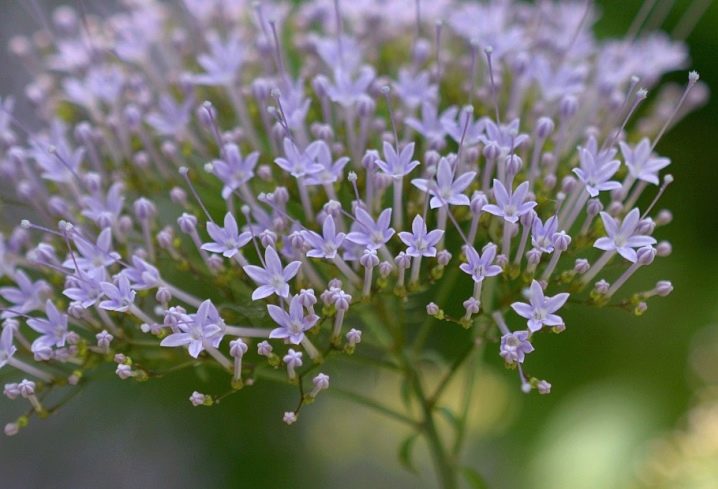
- Blueveil... The stems of this species are densely branched, can reach a height of 60 cm. The inflorescences of the plant attract attention with a charming violet shade.
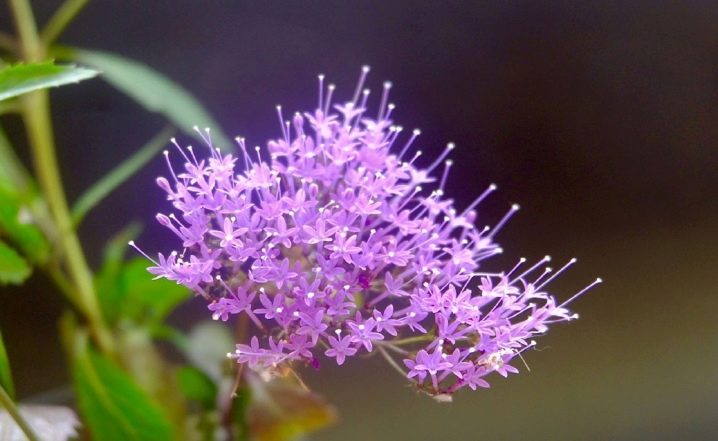
There are other types of trachelium.
- "Jacquin"... It is a dwarf plant. In an adult state, its height can be from 10 to 20 cm. The largest specimens grow up to 35 cm. The length parameter of the leaves reaches 8 cm, they can be ovoid, serrate, with a sharp edge. The flowers of the plant are rather long (1 cm), collected in a loose, gray-blue, capitate inflorescence.


- Passion. Another compact specimen, which is very often used as an ampelous or indoor plant. The shoots of the flower are highly branched, covered with broad leaves at the bottom. In the upper half, there are dense floral umbrellas that look very attractive. Based on the color of the petals, many hybrids of the flower in question are distinguished, for example: "Pink cream", "Blue haze", "Ultraviolet", "White veil" and so on.
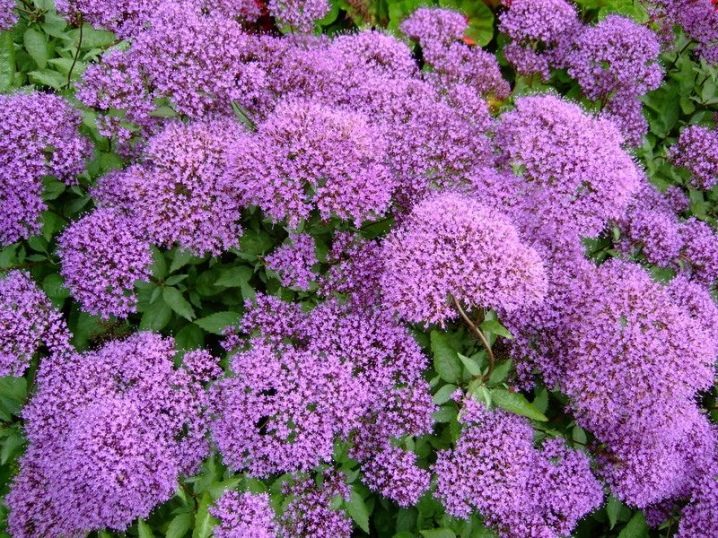
- "Yasmennikovy". The plant of this variety grows in the form of densely branched and medium-sized bushes. The stalks are covered with oval or ovoid leaves, as well as large flower pads. Usually, the inflorescences reach sizes of 10-15 cm, however, individual umbrellas can develop even larger.
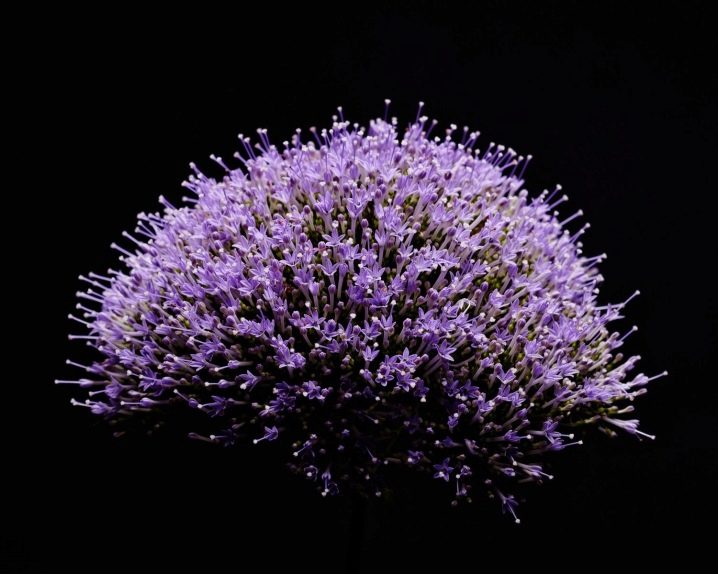
Planting and leaving
In order for the garden decoration to grow and develop beautiful and healthy, the gardener needs correctly plant it, as well as provide competent further care. Let us consider in detail how exactly you need to plant a beautiful flower and take care of it after that.

Location
It is very important to choose the right place for planting the trachelium correctly. The choice in favor of a particular "square" must be made based on the natural preferences of this plant. The flower in question feels very well in open and well-lit areas. At the same time, the place where the plant is located, must be protected from strong wind gusts or drafts.
It is not recommended to plant trachelium where dampness and moisture can stagnate after precipitation. One of the most important factors is the lighting level. If the flower does not have enough light, then the flowering period will certainly be reduced.
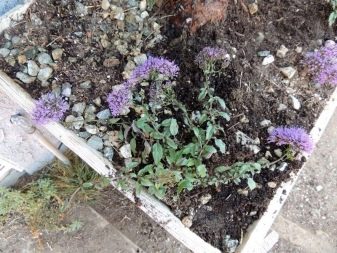
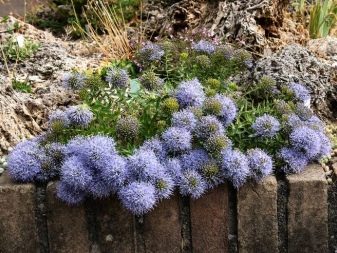
At the same time, care must be taken to ensure that the plant is shaded at noon, since the direct rays of the sun can leave burns on the leaf blades.
If the trachelium is grown at home and in a suitable container, then it must be placed on a windowsill on the southwest or southeast side. On a window located in the north, the flower will simply not get light, the flowering will become scarce, and the stems will unnaturally stretch, the foliage will become pale. On the south-facing windowsill, the plant will need shading at lunchtime, so the curtains will have to be drawn.
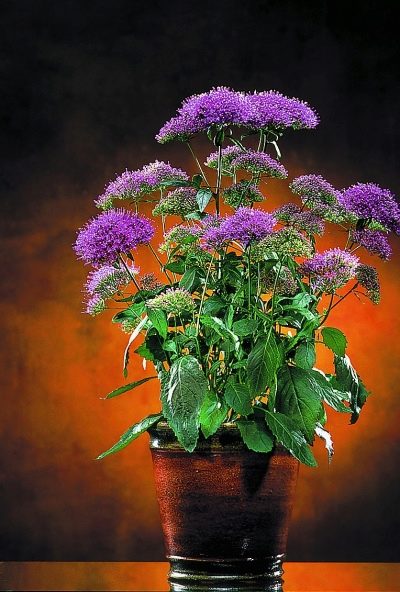
The soil
When growing trachelium in a garden or pot, it is highly recommended to select high-quality, nutritious, loose and fairly drained soil. It is important to ensure that the acidity level corresponds to pH 7 or slightly higher... Soil mixtures with pH 6.5-7 are also acceptable.
In order for the substrate to have the indicated acidity values, a small amount of bone or dolomite meal can be added to it.

Landing
If the plant is planted directly into the ground, then it is recommended to choose for this the end of May or the first days of June, if we are talking about the middle lane. Planting may not withstand recurrent frosts - this must be taken into account. When planting a crop both in the soil mixture and in the pot, it is imperative to take care of the presence of a drainage layer. It is he who will protect the rhizomes from excessive moisture. The allowed drainage height is 3-5 cm.
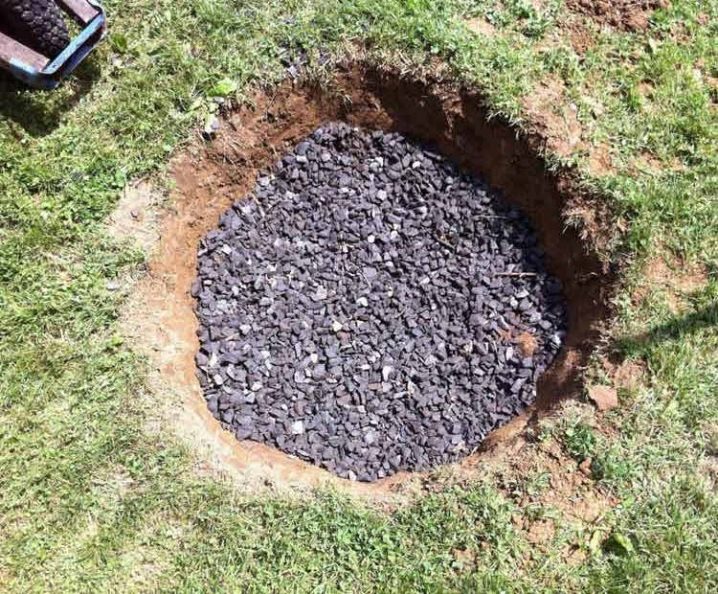
In the course of planting seedlings in flower beds, it is necessary to leave a distance of 30-35 cm between the holes, since over time the flowers will grow. The depth should be slightly deeper than the earthy ball around the roots. As soon as the seedling is immersed in the hole, all voids around it should be filled with earth.It is pressed very neatly from above.
After that, the plant must be provided with abundant watering, as well as take care of its shading.
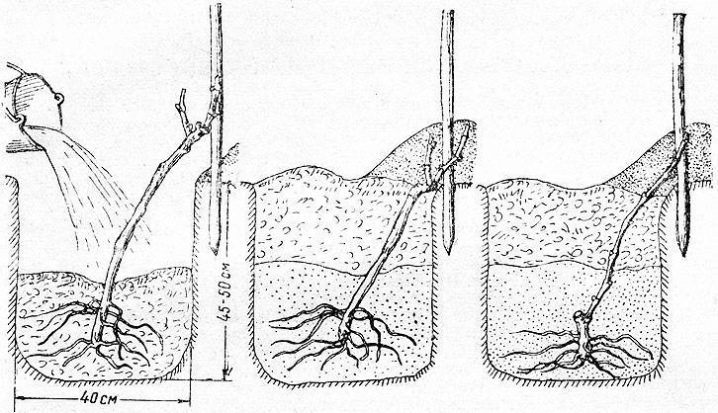
Watering
Watering is one of the most important care procedures a trachelium needs. It is necessary to correctly moisturize the soil mixture, to spray the crown. For watering, it is best to use warm and settled water. It doesn't have to be tough.
It is advisable to defend the irrigation water within 2 days. Volumetric watering is permissible only if the weather is too hot and dry or the flowering period has begun.

Top dressing
Fertilizing compositions for the cultivation of trachelium should be applied when the plant is in the active growing season. This should be done once a month, and at the time of its flowering - once every 2 weeks. It is recommended to use quality products intended for flowering ornamental crops. Popular drugs such as Agricola, Master, Activin, Biopon are among these.
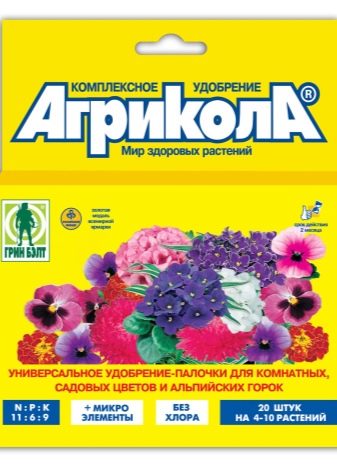
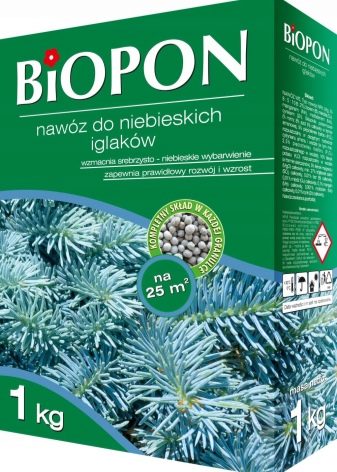
Before adding such dressings, they are diluted in water in a 1: 1 ratio. Some gardeners use ammonium nitrate by dissolving 1 tablespoon of the product itself in 10 liters of water. After a decade after making such a top dressing, superphosphate is added at the rate of 25 g per 10 l of liquid. During wintering, additional feeding is not necessary, since the trachelium will be at rest.
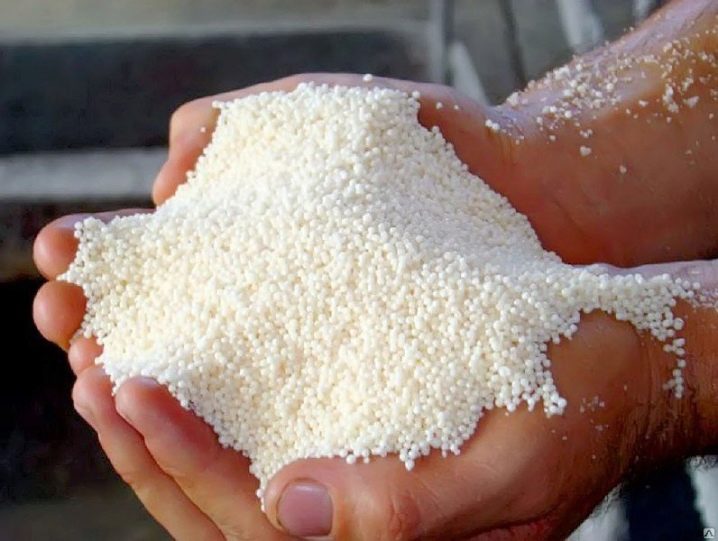
Pruning
According to the statements of experienced gardeners and specialists, it is necessary to start cutting off the dried shoots and inflorescences of the trachelium as early as possible, so as not to provoke the process of wilting of the bush itself. A competently and neatly trimmed flower will look especially attractive, bright and neat.
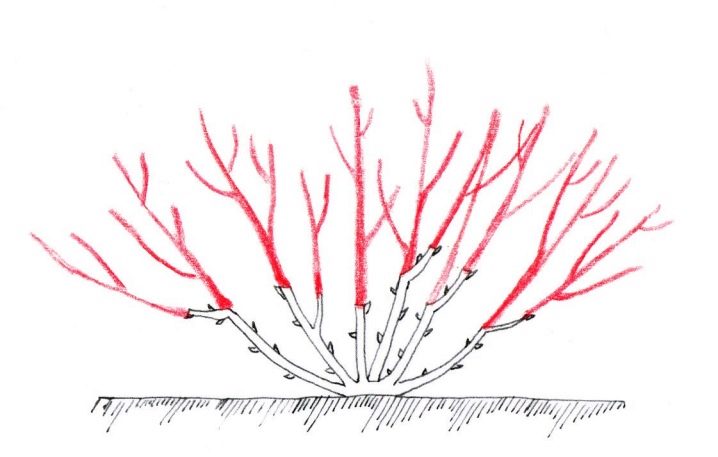
Wintering
The wintering period of the culture under consideration is possible only when it grows in the southern regions, where the winter season is milder. Even the weakest frosts can destroy the rhizome of a flower. Covering a plant will not keep it from dying.
With the onset of cold snaps, the shrub should be very carefully dug up and transplanted into a separate pot so that it can be indoors until spring. During this period, the culture will enter a dormant stage. Against this background, the ambient temperature should be between 5 and 10 degrees Celsius.
At the same time, watering should be rather scarce. With the onset of spring, flowers should be returned back to the flower beds.
Reproduction
As a rule, a green handsome man is propagated by dividing a shrub, as well as using seeds. The latter option is carried out in the last days of February - early March. In the south of Russia, seeds can be safely sown in the ground, but in the north or in the Moscow region, in the Urals, it is best to place them in special boxes for seedlings.

When deepening the seeds into a flower bed or seedling box, it is imperative to maintain a free distance of 30-35 cm between the holes.When the soil warms up to a temperature of 15-18 degrees Celsius, the plant will be able to delight with its first shoots as early as 14 days after the sowing operations. Formed tender and vulnerable seedlings must be kept at a temperature of 20 degrees Celsius or slightly lower.
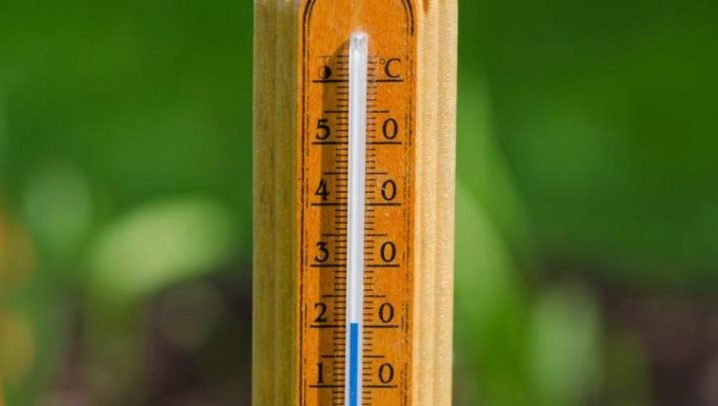
Diseases and pests
The trachelium is a flower that is especially susceptible to fungal diseases. However, it turns out to be especially vulnerable if there is an increased humidity level of the air. For this reason, in many regions (for example, north of Voronezh), it is recommended to plant the crop only in the most illuminated places on the territory of the site.
The plant is very often affected by a serious disease - root rot. Because of this, gardeners have to deal with healing and preventive procedures using fungicides. Trachelium seedlings can be protected from fungal infection by means of a contact fungicide "Maksim"... If the disease affects young or mature plants, then they should be treated with the help of Bordeaux liquid, "Adlirin-B", "Fundazol" or "Topaz".
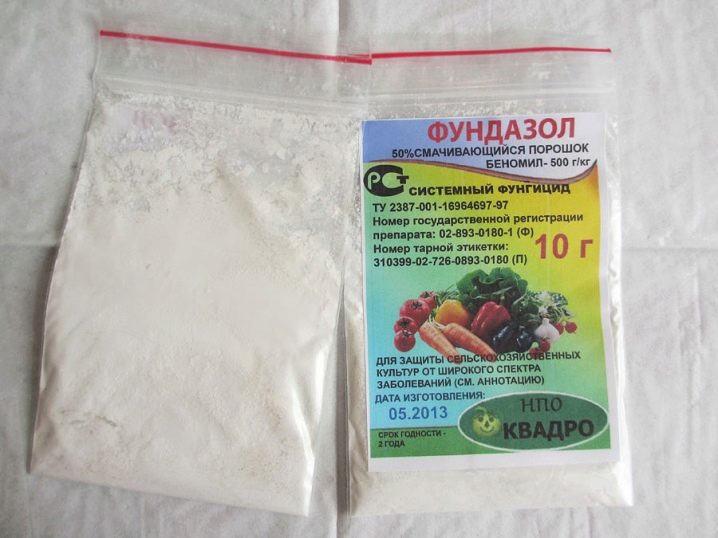
There are times when the trachelium suffers from spider mites or aphids. In the fight against ticks, it is best to use products such as Actellic, Vermitic or Karbofos... You can get rid of aphids with insecticides Aktara or Biotlin.
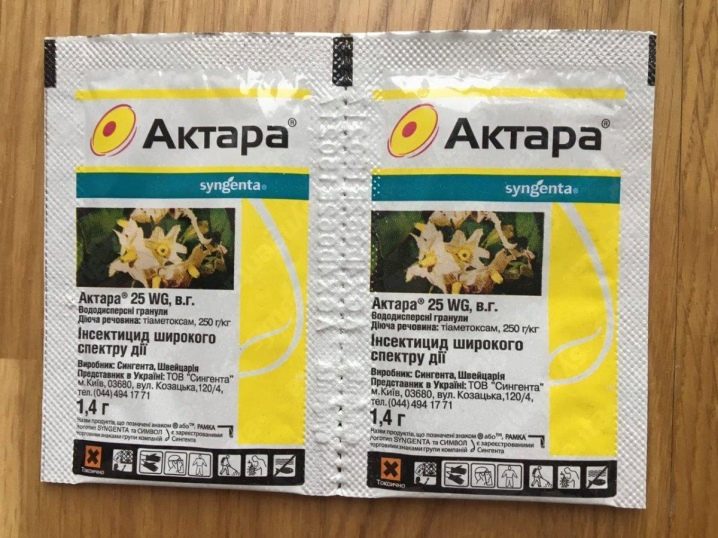













The comment was sent successfully.